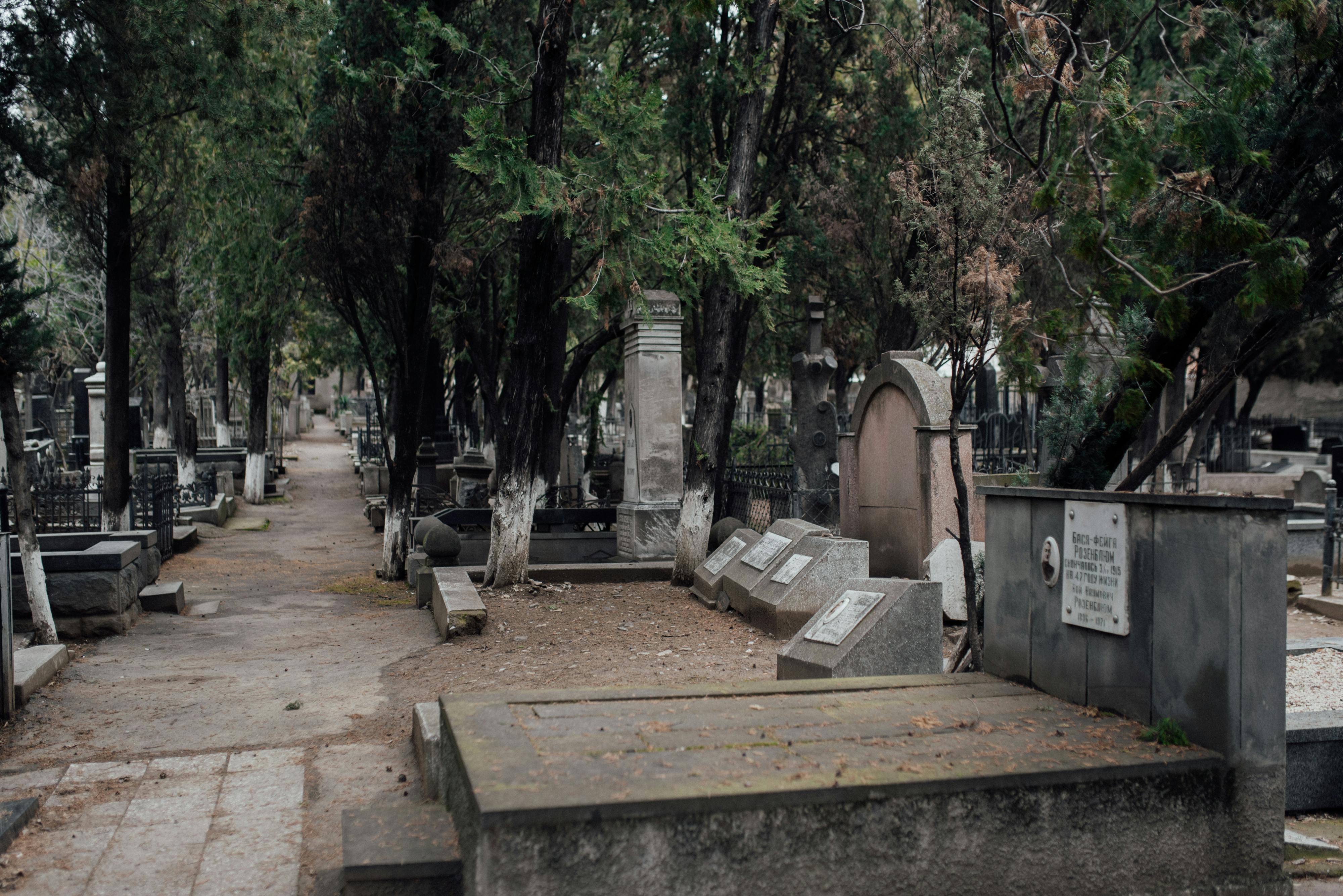When a loved one passes, families become responsible for a series of administrative items. Banks ask for forms, courts require filings, and agencies need to be notified. These responsibilities arrive quickly, and without a clear plan, it can be difficult to know where to begin.
To make this process more manageable, we’ve built Elayne’s after-death checklist, the first tool of its kind that creates a custom plan for each family.
With just an obituary link, we’re able to build a personalized roadmap that puts items in order, explains how to complete them, and offers the option of additional support from our care team.
Below, we’ll take a closer look at how the checklist works, and the impact it’s already having for families.
{{blog-cta-checklist-large}}
The Need for Structure
For most families, estate settlement is something they’re encountering for the first time after the death of a loved one. The responsibilities are complex, time-sensitive, and emotionally draining.
Some of the most common challenges we’ve seen:
1) Getting Stuck in Document Loops. Families often face delays when a document needed to move forward—like a death certificate—is itself locked behind other requirements.
2) Establishing the Right to Act. Families often need to prove who has the legal authority to handle the estate, whether through a will, probate, or a small estate affidavit. Until this step is complete, they may not be able to move forward with other responsibilities.
3) Mapping Everything Out. Families often struggle to get a clear view of every account, asset, and obligation, which makes it difficult to see how all the pieces fit together.
Left uncoordinated, these items can create bottlenecks and delay the settlement process. What families need is not just a list of responsibilities, but a structured way to understand which actions matter most, how to complete them, and when to ask for support.
Elayne’s after-death checklist was built to meet that need, and provide families with a guide that makes each step easier to manage.
How the Checklist Works
The process begins with something many families already have: an obituary.
After pasting the link into Elayne’s site, a personalized plan is generated. The obituary scan captures information such as the person’s name, photo, date of death, and last residence. These details are used to shape the plan so that the items included are both timely, and tailored to the right state’s requirements.
For families without an obituary, there’s also a manual entry option.
Within the checklist, each item is explained in clear terms, deadlines are highlighted, and items are grouped by theme, such as securing identity, filing taxes, or managing accounts.
What Sets It Apart
Many people who’ve experienced a loss are familiar with the paper handouts provided by funeral homes or the PDF guides available online.
Either option is a great starting point, but ultimately, they’re static resources. They’re not designed to adjust to a family’s specific situation, and they often leave people searching for additional answers.
Elayne’s after-death checklist was built to solve those gaps. It is:
1) Adaptive. Each plan reflects the details of the individual, their family, and the state they lived in. The guide also updates as new information is added, ensuring that it stays relevant throughout the process.
2) Actionable. For every item, families can choose the “Do It Myself” option that walks them through the details. Or, they can select “Have Elayne Do It For Me,” which allows our team to complete it on their behalf.
3) Secure. Sensitive information is stored safely. Families can trust that documents and details remain private and accessible only to those they choose.
4) Collaborative. Multiple family members can work together within the same checklist. This makes it easier to coordinate items, share progress, and keep everyone on the same page.
{{blog-cta-checklist-small}}
Up Next
This launch is about more than introducing a new tool. It’s part of Elayne’s broader mission to make estate settlement more compassionate, efficient and secure.
Our checklist doesn’t just provide a list of items; it organizes them into categories, places urgent actions first, and adapts to each family’s circumstances. So, instead of piecing together information or filling out intake forms, families immediately see a roadmap that’s practical, reflects their needs, and helps them prepare for what’s ahead.
Going forward, we plan to keep improving the checklist and expanding its features. We’re also excited to continue sharing tools that are already in development, and designed to support families through every stage of a settlement.
Ultimately, our goal is to make a difficult process easier to manage, and ensure that no family ever has to face these challenges on their own.


















































